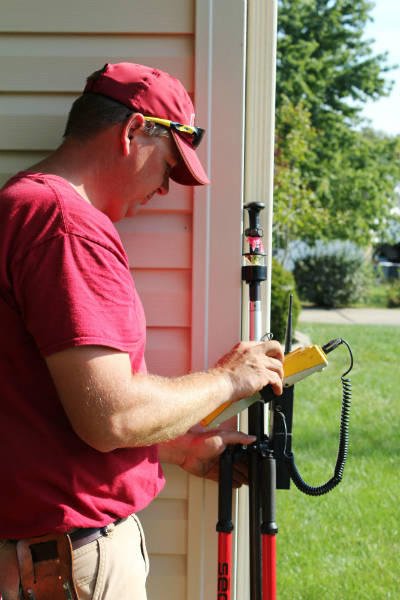In current times, when a developer purchases a large tract of land to subdivide into smaller lots, they typically have to have approval by the county or municipality in which the property is located to divide the tract. Each of those jurisdictions have their own “rules” or ordinances on the requirements for subdividing land.
Some of the most common requirements include the following:
- Easements – These are areas typically designated on each lot where the utility companies are given permission to use a portion of the lot to place utility lines. Easements can be located along the front, back and/or sides of each property. Sizes vary as determined by the ordinances.
- Building lines – These are “invisible” lines on each lot that limit where you are allowed to build your home. They put limits on how close to the street you can build, along with how far to the left or right you place the home. Many jurisdictions also have a rear yard setback requirement.
- Covenants and Restrictions – Typically each subdivision has its own set of “rules” for the homeowners. The rules are based off of the current ordinances, but can include non-regulated items such as the type of fencing that can be installed, the parking of recreational vehicles and more. A copy of these can be obtained by your title company or from the Recorder of Deeds office.
If the developer was required to have these items at the time of development, you as the future owner, will also have to adhere to those requirements. This is addressed in the title commitment. A licensed land surveyor will show the easements and building lines on a boundary survey or SRPR if they are of record or addressed in the title commitment.
Information provided should not be considered legal advice and all buyers, agents and title companies should consult their attorneys for legal advice.

